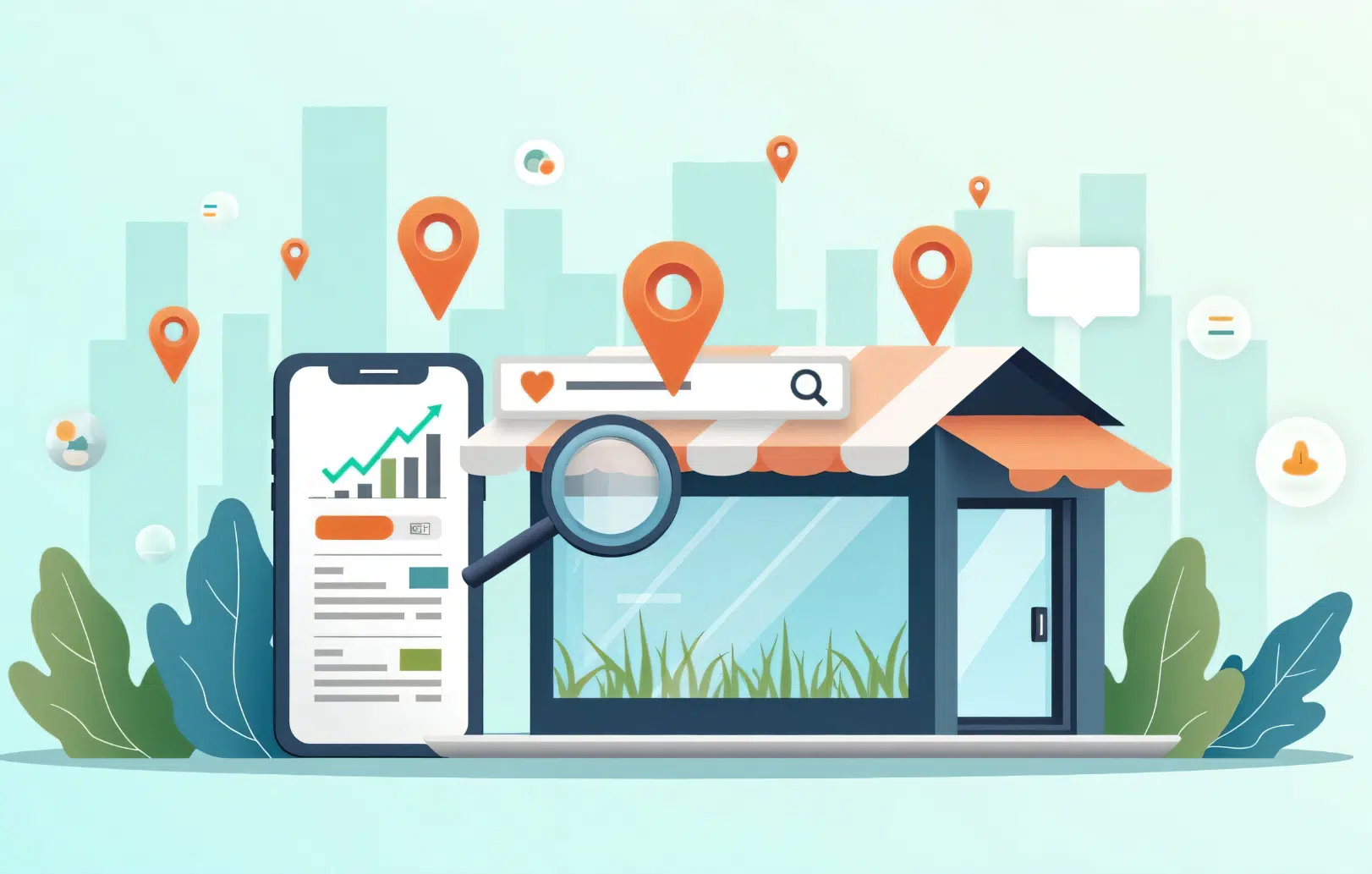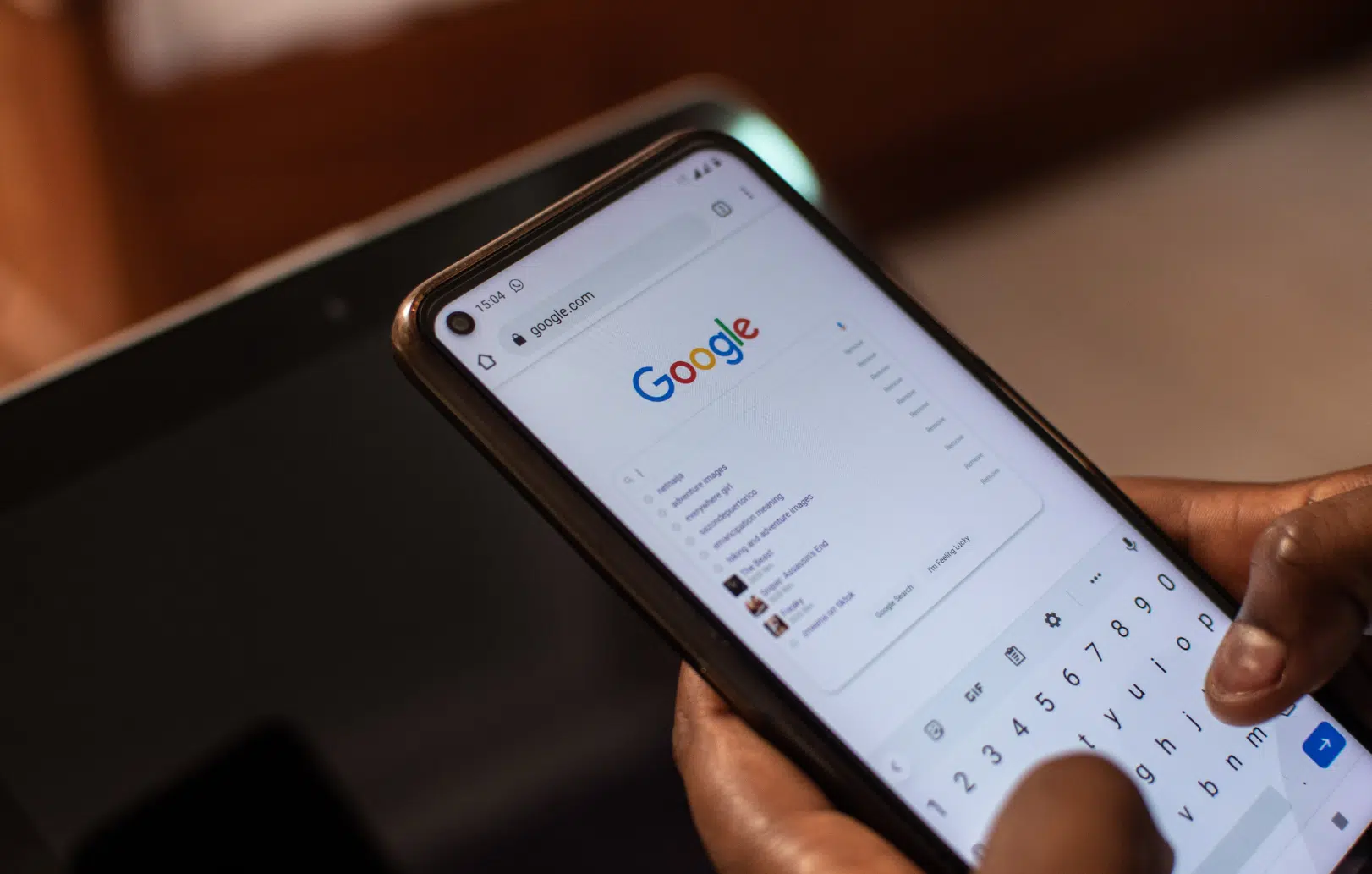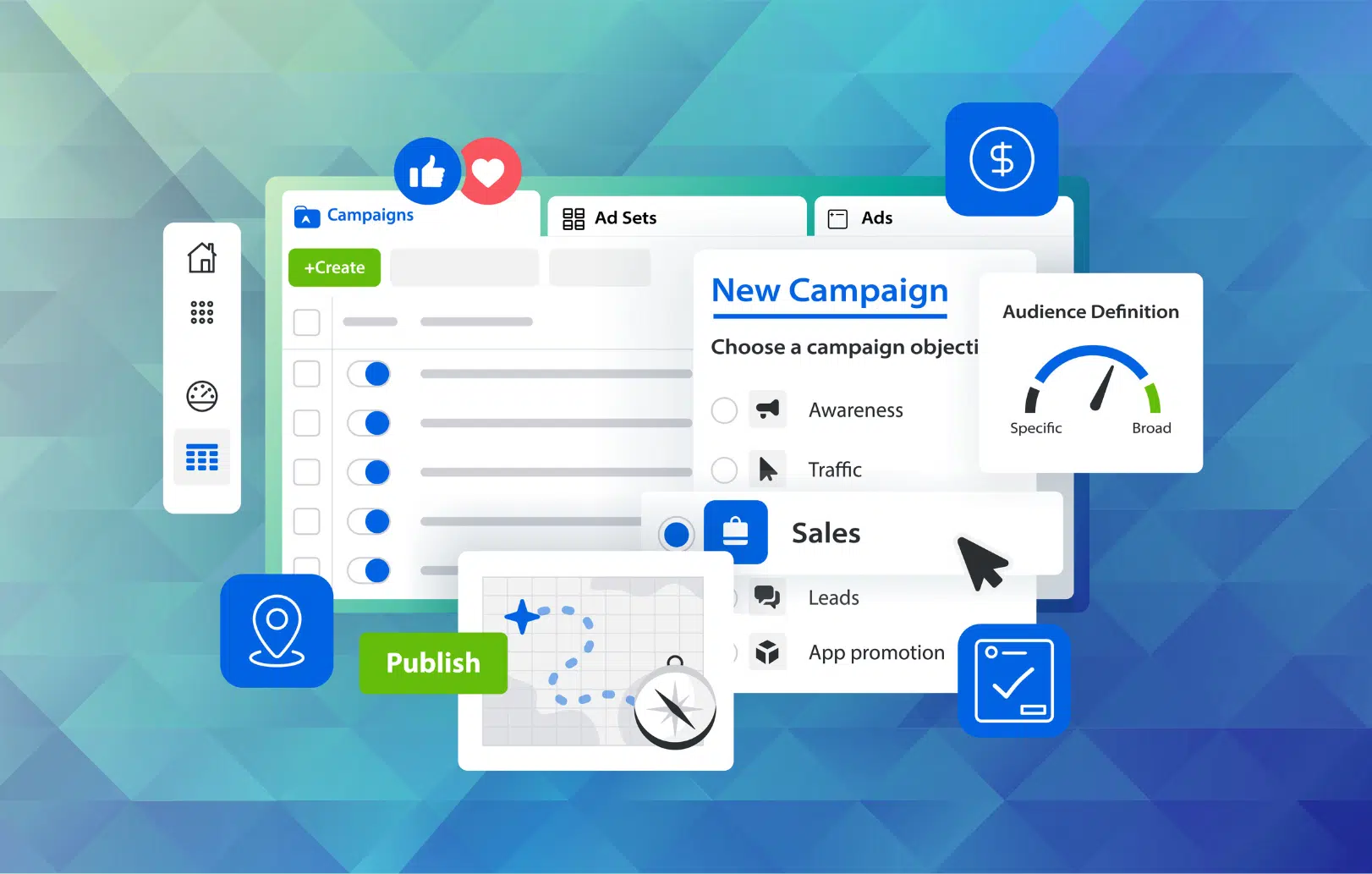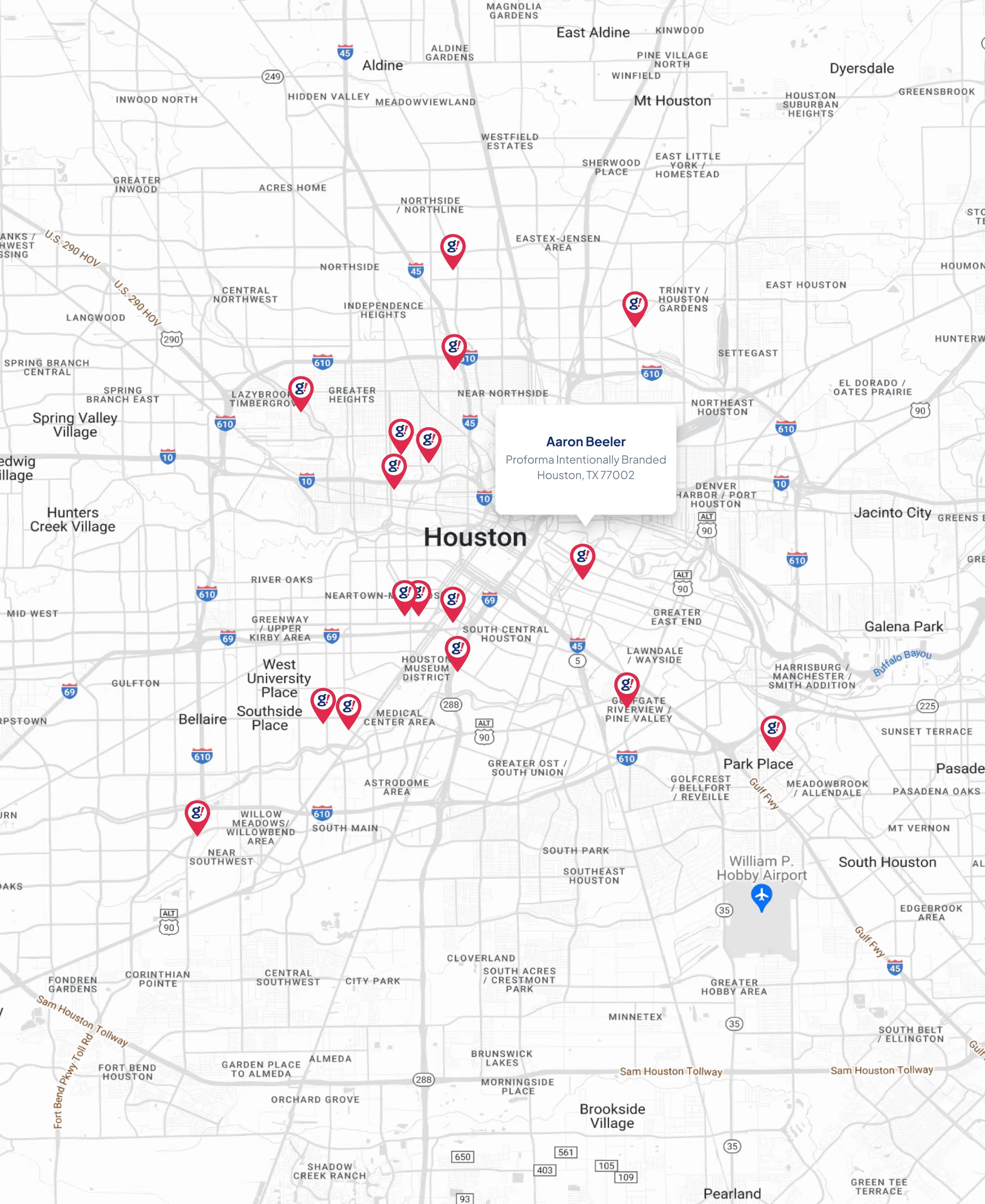People have always used tools to improve life. When tools weren’t around, we relied on our own ideas to solve problems, entertain, and survive. From the first rock turned into a hammer, we’ve aimed to extend our abilities through invention.
At the same time, we’ve sought recognition, not just to live, but to be seen and remembered. Sometimes we claimed credit we didn’t earn; sometimes we were blamed unfairly. But one theme has always been the same: progress and perception.
As the world grew more complex, our tools evolved too. Musicians got amps. Artists used machines. Builders got cranes. Businesses mastered spreadsheets. Each step made creation easier and more accessible. Those who best used the tools became the most valuable.
Now we’ve built the most powerful tool of all: Artificial Intelligence.
AI extends our thinking, faster, broader, and with ideas no single person could form alone. For the first time, the tool talks back. It writes, designs, codes, and creates, blending human and machine. Everyone carries a smart helper in their pocket.
But AI doesn’t make us equal. It makes dumb people smarter, smart people dumber, and above-average smart people, the future leaders of the world. Tools don’t create greatness, they expose it.
The Collapse of Authorship
Technology has always blurred the line between human and machine. Now, AI erases it entirely, changing how we create, and who gets credit.
Scroll LinkedIn: much of today’s “thought leadership” comes from ChatGPT. Plans, blogs, and job posts are generated in seconds, then claimed as original. The problem isn’t using AI, it’s pretending you didn’t.
A business owner gets a plan from GPT, adds a logo, and calls it theirs. A marketer prompts a strategy. A designer generates a sitemap. You can tell. AI lacks the human touch, it’s too perfect, missing nuance and heart. It’s not creative; it’s compliant. And people mistake that for intelligence.
A new kind of worker has emerged, not creators, but prompt conductors. They don’t build; they direct. It’s efficient, but without honesty, it’s hollow. We’ve shifted from human work to labeling machine output as our own. Intelligence is now easy to access; authenticity is rare.
This is the new economy of authorship: everyone can produce, but few can admit how.
When AI Talks to AI
I build AI systems every day. I see where it’s going. Soon your AI will talk to mine, negotiating, collaborating, transacting, without us. We’ll watch instead of act.
In business, AIs will compare options, calculate ROI, and make decisions in seconds. “Let’s hop on a call” will become “Let’s connect our systems.” Competition will shift from who works hardest to who integrates smartest.
AI isn’t replacing low-level workers, it’s replacing mid-level thinkers: the planners, the presenters, the strategists. It translates ideas into execution instantly. The human becomes the conductor of a self-playing orchestra.
For centuries, people hid their tools to seem brilliant. That era is over. Soon, AI will handle everything, even without being asked. That’s not destruction. That’s efficiency.
The Loss, and Return, of the Real
Authenticity used to matter. A photo was captured. A book was thought out. A song was felt. Now, every line between real and artificial has blurred. AI creates from AI. Originality becomes data-driven, not emotional. People post AI versions of themselves as “branding,” forgetting what real feels like.
But when this layer is stripped away, when AI does everything for us, we’ll stand naked and exposed. That’s when our true selves will surface.
How we live. Who we care about. What we value when there’s nothing left to fake.
In that world, character will matter again. It will be the ultimate differentiator, because everyone will have their own powerful AI. The only thing left that can’t be replicated will be you. At least for a time.
From Ownership to Purpose
When everything can be machine-made, ownership changes. It’s no longer about who made it, but who directed it. The loudest voice wins, not the deepest thought.
Small business owners stand at a crossroads. Treat AI as a foundation, not a fix. At gotcha!, we build systems that think with you. AI levels the field but punishes mediocrity. When anyone can generate, only those who discern stand out.
Markets are becoming machine-to-machine. AIs will negotiate, analyze, and close deals automatically. “Let my AI talk to yours” won’t just be common, it’ll be better.
When machines handle the “how,” humans must define the “why.” The next leaders won’t outwork machines, they’ll outthink them. We’re no longer solo creators. We’re directors of intelligence.
The Irony
This essay on AI and authorship? I didn’t write it alone. I shaped it. AI helped me.
Don’t fear AI, be honest about it. Take credit for what a machine did, and you’re pretending. Use it to fake skill, and you’re fooling yourself.
The future belongs to those who use AI transparently, strategically, and well. A flawless image, line of code, or paragraph isn’t the end of creativity, it’s the next step.








